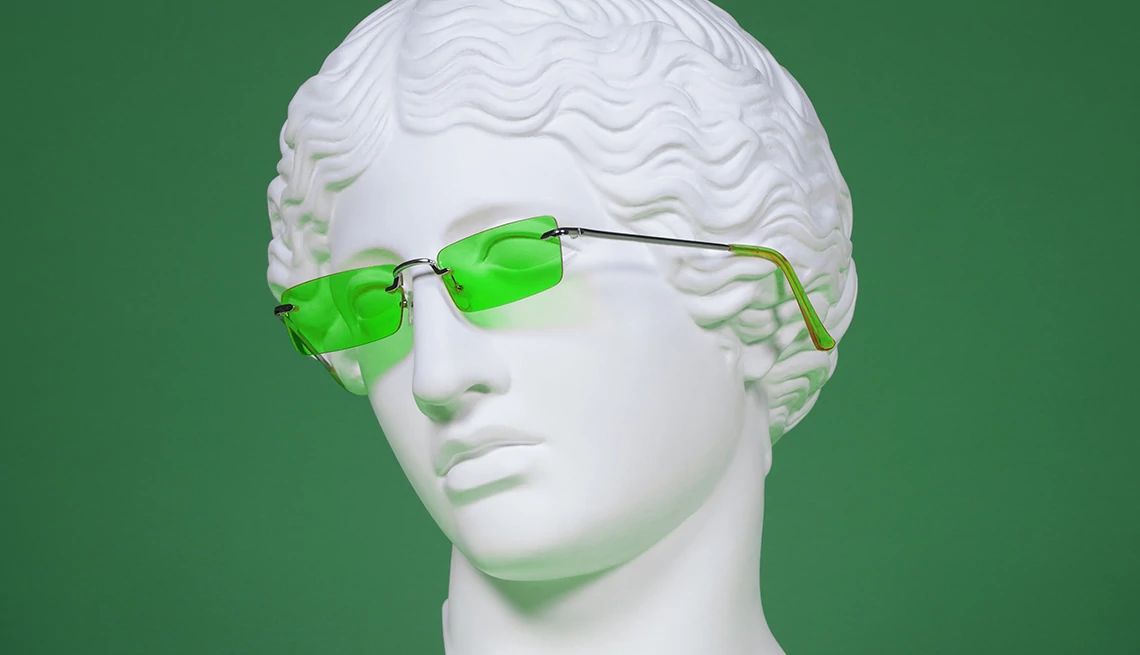AARP Hearing Center


Mohab Ibrahim, M.D., took it as a good sign when his patients refused to return the LED green lights he’d given them.
A few years ago, Ibrahim, a pain physician and anesthesiologist at the University of Arizona, Tucson, was testing green light as a painkiller. The idea that green might somehow help manage pain came to Ibrahim when his brother swore that his frequent headaches vanished after he spent time in the garden.
To test this theory, Ibrahim ran two studies. He asked 29 people with migraine and 21 with fibromyalgia — both chronic pain conditions — to spend two hours daily near a green LED lamp for 10 weeks. Those same people first spent a 10-week period exposed to white light. It was during the weeks of green light exposure that participants reported fewer migraines, less pain, better sleep and overall improved quality of life. The difference was so stark that when the time came to return the lights, “no one did,” he says. The migraine results were reported in the journal Cephalalgia and fibromyalgia results in Pain Medicine, both in 2020.
A handful of labs across the country have also found, over the last decade, that green light has a surprising ability to dull some kinds of pain. However, researchers caution that the field is in its infancy — and that relief may just be a placebo.
Here’s what we know, and don’t know, about green light and pain.
Life through green-tinted glasses
Pain is a monster. It eats into your time, your life and your mental health. Pain also is a fact of life as we age. The National Health Interview Survey in 2023 found chronic pain was highest in older adults, rising to more than 28 percent in people ages 45 to 64 and 36 percent among those 65 plus.
Medications are the main method for treating pain today. Overreliance on medication can come with some serious downsides, including risk of opioid addiction.
The search is on for new options. And light is one of them. Doctors already use blue light to treat jaundice in newborns and infrared light to bring down inflammation. Light can also just make us feel good. Padma Gulur, a professor of anesthesiology and population health at Duke University, points to the calming power of blue water.



































































More From AARP
How Can I Improve My Balance?
A doctor's advice for preventing falls
Health Conditions Linked to Poor Sleep
Trouble sleeping can signal serious problemsWhat Your Hands Say About You
9 surprising health conditions